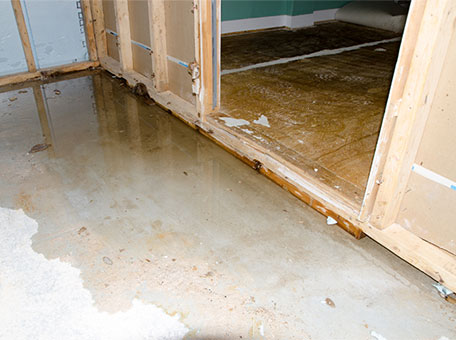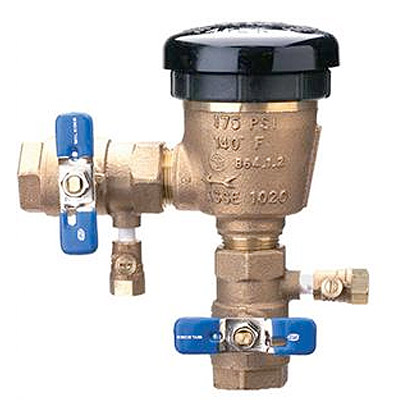Backflow Prevention St. Paul, MN
The Importance Of Backflow Testing
The Importance Of Backflow Testing
Backflow is when the direction of water or sewage is reversed in a home or city plumbing system. As a result, mild to severe contamination can occur through either siphonage or back-pressure. Siphonage is when the water direction reverses due to a reduction of water pressure.
The most common cause of this is a water main break. Back-pressure occurs when the downstream pressure is higher than the supply chain pressure. One of the most common causes is equipment malfunctions, such as defective pump systems. Without proper testing or prevention, backflow can cause serious illness, disease and even death.

Backflow testing can prevent contamination and protect the health and quality of life for your family. There are very specific health problems that can be avoided through backflow testing. Historically speaking, major outbreaks out typhoid, dysentery and salmonella have all occurred due to backflow.
In modern times, chemicals, such as sodium hydroxide and insecticides, have entered plumbing systems through backflow. However, the most common problems associated with backflow are sewer backups.
When siphonage occurs, sewer backflow causes contaminated water to flow back into the plumbing system. Sewer water is loaded with a variety of harmful bacteria that can cause serious health problems. For example, common bacteria include E. Coll, salmonella and hepatitis.
However, there are less common, yet very harmful bacteria that are found in sewer water. For example, acanthomoeba (causing eye, nose, throat and ear infections), heliobacter Pylori (causing ulcers) and leptospirosis (causing muscle aches and vomiting). All of these bacterial infections can be avoided through annual backflow testing.
Backflow testing will ensure that backflow preventers, the useful devices that prevent backflow, are properly working. These devices are placed in plumbing cross connections, where drinking water may possibly become contaminated.
However, backflow can also occur outside the home. That is, irrigation or sprinkler systems must have backflow preventers in order to stop lawn fertilizer from contaminating drinking water. Keep in mind that only a plumbing professional, licensed by by the local govt. or state, is allowed to perform backflow testing.
Regular backflow testing will keep both yourself and your family safe and healthy.
Call us today at 651-402-4992 to schedule an appointment today!
A pressure vacuum breaker (PVB) is necessary for irrigation systems. It prevents backflow or back siphoning of water from the irrigation system to your home’s freshwater supply used for drinking. PVBs are typically located outdoors next to an exterior wall or in a recessed box in the ground. Some systems have indoor PVBs in a basement or crawl space near the water shutoff for the irrigation system.
Backflow may happen when the water pressure in the main water supply of a home suddenly drops. This can occur if the city water is disrupted for any reason, leading to negative pressure on the home’s water supply. Negative pressure can trigger a siphoning effect that allows water to flow backward in the pipes. Although rare, this occurrence could cause water to be pulled out of sprinkler lines and into the main water supply, and then into your household fixtures.

Maintaining your PVB
The protection of the PVB from freezing during cold weather is the most crucial maintenance task. It is critical to drain the PVB during a sprinkler “blowout” to winterize a sprinkler system. If the PVB is not drained, its internal parts may crack or burst, which would necessitate replacement.
After winterizing the sprinkler system, the valves on a PVB are usually opened halfway to allow air to escape in the event residual water inside the PVB freezes. The presence of air will prevent the buildup of pressure that could damage the parts.
Damage to the internal components of a pressure vacuum breaker can occur due to freezing or regular use. A clear indicator of malfunction is the presence of leaks under the valve’s bell or bonnet assembly. Repair kits, designed for each PVB model, are provided by the manufacturer.
Call us at 651-402-4992 if you require installation, repair, or service of your pressure vacuum breaker.
© 2025 · DHI Sprinkler Systems